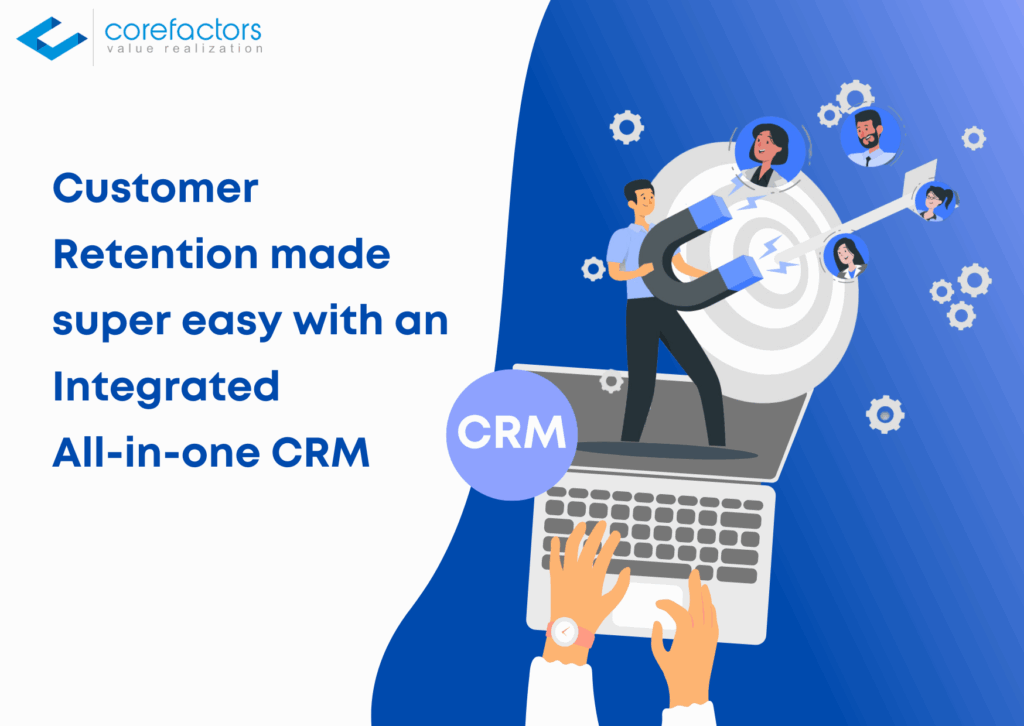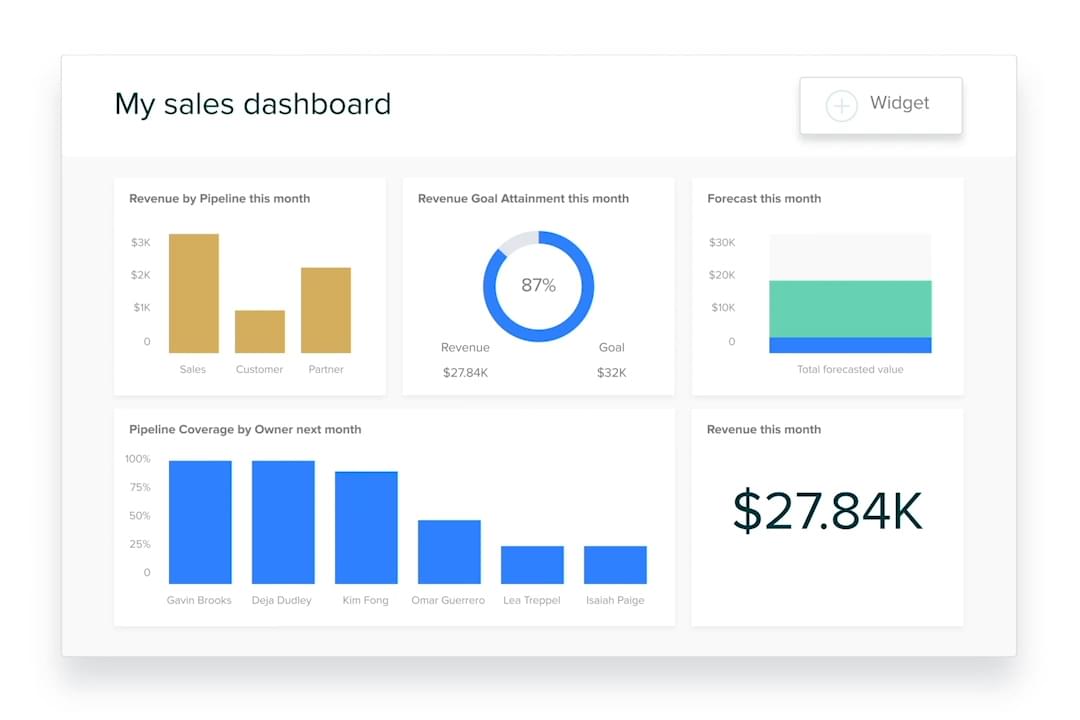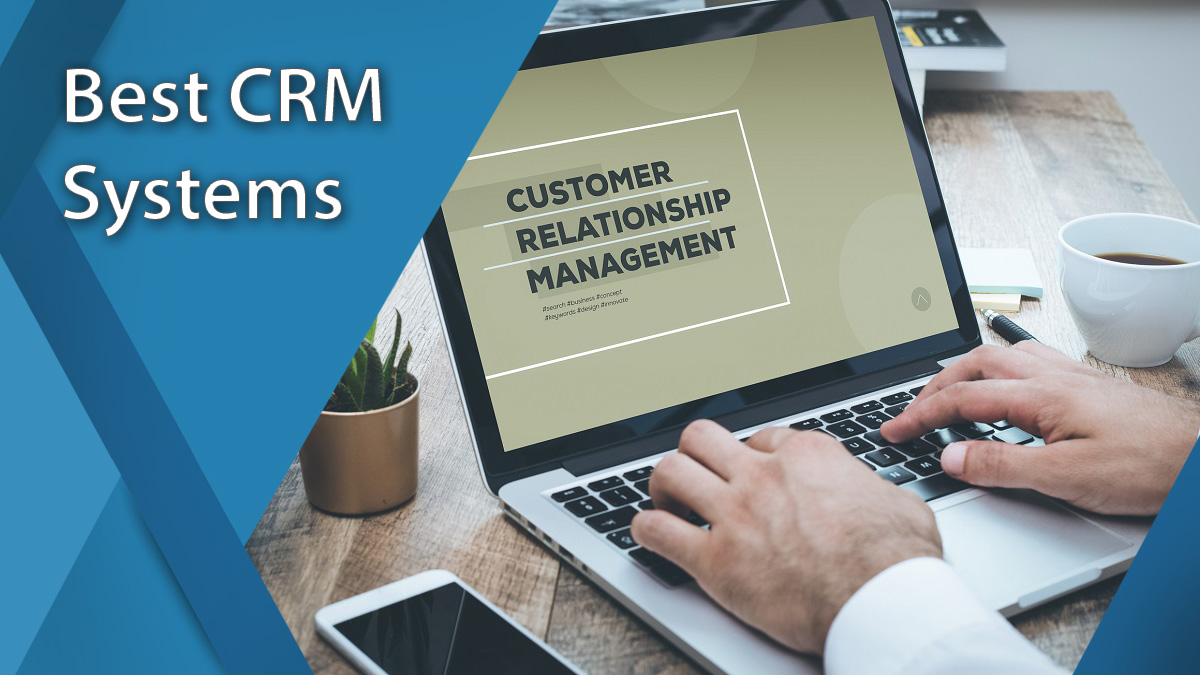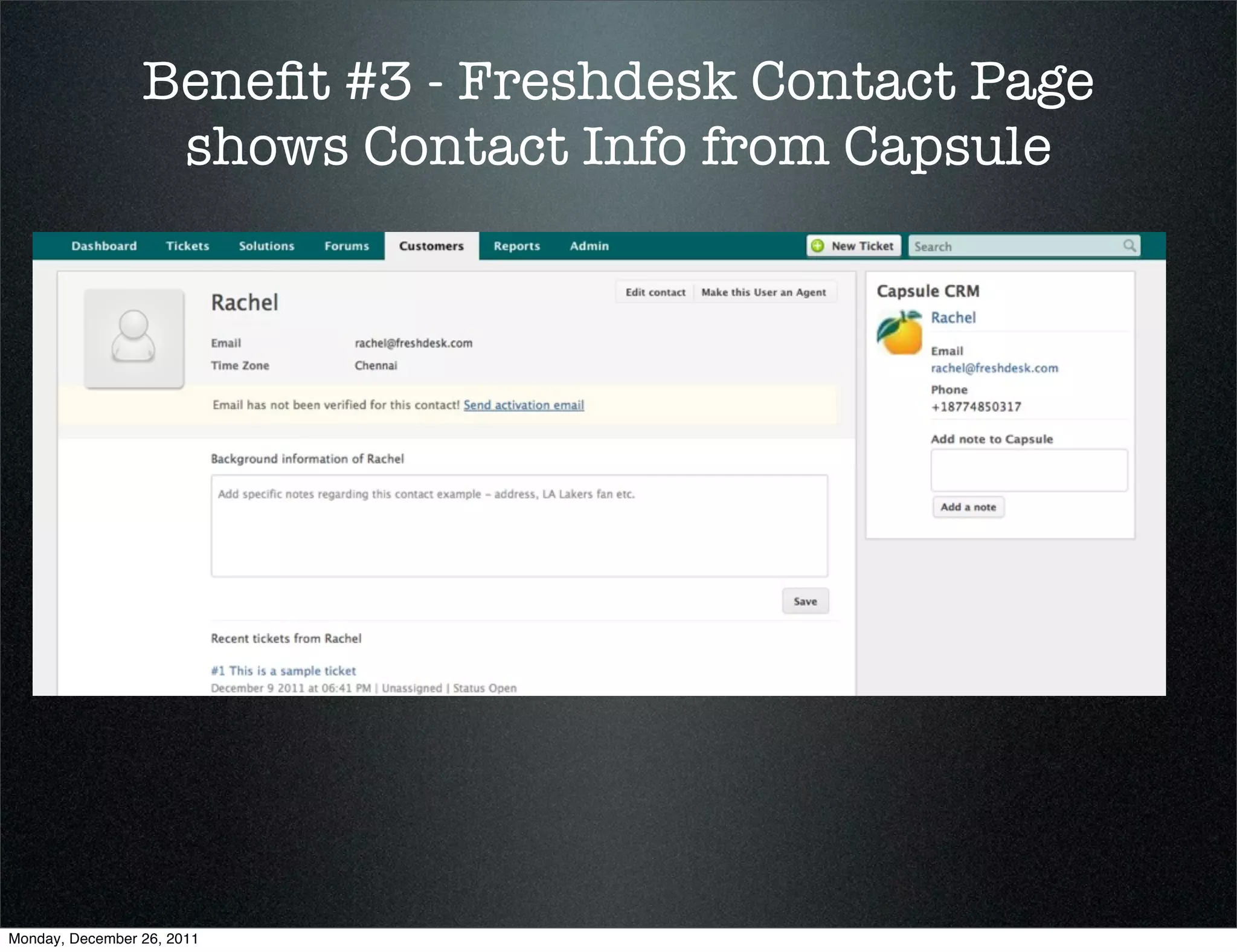
CRM Marketing: The Heart of Customer Retention and Sustainable Growth
In today’s fiercely competitive business landscape, acquiring new customers is only half the battle. The real triumph lies in retaining those customers, transforming them into loyal advocates, and fostering long-term relationships that drive sustainable growth. This is where CRM marketing steps in – a powerful strategy that leverages Customer Relationship Management (CRM) systems to understand, engage, and retain customers. This comprehensive guide will delve deep into the world of CRM marketing, exploring its nuances, benefits, and practical applications. We’ll uncover how CRM marketing can revolutionize your customer retention strategies, leading to increased profitability and a thriving business.
Understanding the Fundamentals of CRM Marketing
At its core, CRM marketing is a customer-centric approach that uses CRM technology and strategies to manage and analyze customer interactions and data throughout the customer lifecycle. It’s more than just a software; it’s a philosophy that puts the customer at the center of every decision. The goal is to build strong, lasting relationships by understanding customer needs, preferences, and behaviors. This understanding allows businesses to personalize their interactions, tailor their marketing efforts, and ultimately, increase customer loyalty and retention.
What is CRM?
CRM, or Customer Relationship Management, is a system that helps businesses manage all interactions with current and potential customers. It acts as a central hub for all customer-related information, including contact details, purchase history, communication logs, and more. This information is then used to inform marketing strategies, sales processes, and customer service interactions. Think of it as the brain of your customer-facing operations, providing valuable insights that drive informed decisions.
Key Components of CRM Marketing
- Customer Data Collection and Management: Gathering, organizing, and maintaining accurate customer data is the foundation of effective CRM marketing. This includes demographic information, purchase history, communication preferences, and any other relevant data.
- Customer Segmentation: Dividing your customer base into distinct groups based on shared characteristics, such as demographics, behaviors, or purchase patterns. This allows for more targeted and personalized marketing efforts.
- Personalized Communication: Tailoring your messaging and interactions to individual customer preferences and needs. This includes personalized email campaigns, targeted product recommendations, and customized customer service.
- Automation: Using CRM tools to automate repetitive tasks, such as email marketing, lead nurturing, and customer service workflows. This frees up time for your team to focus on more strategic initiatives.
- Analytics and Reporting: Tracking key metrics, such as customer acquisition cost, customer lifetime value, and churn rate, to measure the effectiveness of your CRM marketing efforts and make data-driven decisions.
The Benefits of Implementing CRM Marketing for Customer Retention
The advantages of embracing CRM marketing are vast, particularly when it comes to customer retention. By focusing on building strong customer relationships, businesses can experience a significant positive impact on their bottom line. Here are some of the key benefits:
Enhanced Customer Understanding
CRM systems provide a 360-degree view of each customer, giving you unparalleled insights into their behaviors, preferences, and needs. This deep understanding allows you to anticipate their needs, personalize your interactions, and offer relevant products and services. You’ll no longer be guessing what your customers want; you’ll know.
Improved Customer Experience
Personalized interactions, seamless communication, and proactive customer service are all hallmarks of a positive customer experience. CRM marketing enables you to deliver a consistently high level of service, making your customers feel valued and appreciated. Happy customers are loyal customers.
Increased Customer Loyalty and Retention
By fostering strong relationships and providing exceptional customer experiences, CRM marketing significantly increases customer loyalty and retention rates. Loyal customers are more likely to make repeat purchases, recommend your business to others, and remain with you through thick and thin. This translates to higher customer lifetime value and a more stable revenue stream.
Higher Customer Lifetime Value (CLTV)
CLTV is a crucial metric that represents the total revenue a customer is expected to generate throughout their relationship with your business. By increasing customer retention and encouraging repeat purchases, CRM marketing directly boosts CLTV. This means more revenue, more profits, and a stronger financial foundation for your business.
Reduced Customer Churn
Customer churn, or the rate at which customers stop doing business with you, is a major threat to business growth. CRM marketing helps you identify at-risk customers, proactively address their concerns, and implement strategies to prevent them from leaving. By reducing churn, you can retain more customers and protect your revenue stream.
Streamlined Sales and Marketing Processes
CRM systems automate many repetitive tasks, freeing up your sales and marketing teams to focus on more strategic initiatives, such as lead generation, relationship building, and campaign optimization. This leads to increased efficiency, improved productivity, and better results.
Data-Driven Decision Making
CRM systems provide valuable data and analytics that allow you to track key metrics, measure the effectiveness of your marketing efforts, and make data-driven decisions. This enables you to optimize your strategies, improve your ROI, and stay ahead of the competition.
Strategies for Effective CRM Marketing and Customer Retention
Implementing CRM marketing is not just about installing software; it’s about adopting a customer-centric mindset and executing a well-defined strategy. Here are some key strategies to help you achieve success:
Data-Driven Customer Segmentation
Segmenting your customer base is a critical step in personalizing your marketing efforts. Use your CRM data to divide your customers into distinct groups based on shared characteristics, such as demographics, purchase history, behaviors, or interests. This allows you to tailor your messaging, offers, and content to resonate with each segment. Consider these segmentation approaches:
- Demographic Segmentation: Grouping customers based on age, gender, location, income, and other demographic factors.
- Behavioral Segmentation: Grouping customers based on their past purchases, website activity, engagement with your marketing campaigns, and other behaviors.
- Psychographic Segmentation: Grouping customers based on their values, interests, lifestyles, and attitudes.
- RFM Segmentation: Using Recency, Frequency, and Monetary value to segment customers based on their recent purchases, how often they purchase, and how much they spend.
Personalized Communication and Engagement
Once you’ve segmented your customers, the next step is to personalize your communication and engagement. This means tailoring your messaging, offers, and content to the specific needs and preferences of each segment. Here’s how to achieve this:
- Personalized Email Marketing: Send targeted email campaigns with personalized subject lines, content, and offers based on customer segmentation.
- Personalized Website Experience: Customize your website content and offers based on customer behavior and preferences.
- Targeted Advertising: Use CRM data to create targeted advertising campaigns on social media and other platforms.
- Personalized Customer Service: Provide personalized customer service experiences, addressing customers by name and referencing their past interactions.
Proactive Customer Service and Support
Exceptional customer service is essential for building strong relationships and retaining customers. Use your CRM system to proactively identify and address customer issues, provide timely support, and exceed their expectations. Consider these tactics:
- Monitor Customer Interactions: Track customer interactions across all channels, including email, phone, chat, and social media.
- Provide Proactive Support: Anticipate customer needs and provide proactive support, such as helpful articles, FAQs, and tutorials.
- Offer Personalized Assistance: Provide personalized assistance based on customer history and preferences.
- Resolve Issues Quickly: Respond to customer inquiries and resolve issues quickly and efficiently.
- Gather Customer Feedback: Regularly gather customer feedback through surveys and other channels to identify areas for improvement.
Loyalty Programs and Rewards
Loyalty programs are a powerful way to reward your best customers and incentivize them to make repeat purchases. Use your CRM system to track customer purchases, engagement, and other behaviors, and offer rewards based on their loyalty. Consider these program types:
- Points-Based Programs: Customers earn points for purchases, referrals, or other actions, which they can redeem for rewards.
- Tiered Programs: Customers are assigned to different tiers based on their spending or engagement, with each tier offering increasing benefits.
- Subscription Programs: Customers pay a recurring fee for access to exclusive benefits, such as discounts, early access to products, or free shipping.
Automated Marketing Workflows
Automation is key to streamlining your marketing efforts and improving efficiency. Use your CRM system to automate repetitive tasks, such as email marketing, lead nurturing, and customer service workflows. This frees up your team to focus on more strategic initiatives. Examples include:
- Welcome Emails: Automatically send welcome emails to new customers.
- Abandoned Cart Emails: Send automated emails to customers who have abandoned their shopping carts.
- Post-Purchase Emails: Send automated emails to customers after they make a purchase, thanking them for their business and providing helpful information.
- Lead Nurturing Campaigns: Automate email sequences to nurture leads and move them through the sales funnel.
Feedback Collection and Analysis
Regularly gather customer feedback to understand their needs, preferences, and pain points. Use surveys, feedback forms, and other channels to collect feedback, and then analyze the data to identify areas for improvement. This feedback can be invaluable.
- Customer Satisfaction Surveys (CSAT): Measure customer satisfaction with your products or services.
- Net Promoter Score (NPS): Measure customer loyalty and willingness to recommend your business.
- Customer Effort Score (CES): Measure the effort customers expend to resolve an issue.
- Review Analysis: Monitor online reviews and analyze customer sentiment.
Continuous Improvement and Optimization
CRM marketing is an ongoing process of continuous improvement and optimization. Regularly track key metrics, such as customer acquisition cost, customer lifetime value, and churn rate, to measure the effectiveness of your efforts. Use this data to identify areas for improvement and optimize your strategies. This iterative process is key to long-term success.
Choosing the Right CRM System for Your Business
Selecting the right CRM system is a crucial decision that can significantly impact the success of your CRM marketing efforts. There are many CRM systems available, each with its own features, capabilities, and pricing. Consider these factors when making your choice:
Features and Functionality
Ensure that the CRM system you choose offers the features and functionality you need to support your marketing and customer retention strategies. This includes features such as:
- Contact Management: Manage customer contact information, including names, addresses, phone numbers, and email addresses.
- Lead Management: Track and manage leads throughout the sales funnel.
- Sales Automation: Automate sales processes, such as lead qualification, opportunity management, and quote generation.
- Marketing Automation: Automate marketing campaigns, such as email marketing, lead nurturing, and social media marketing.
- Customer Service: Manage customer service interactions, including tickets, support requests, and knowledge base articles.
- Reporting and Analytics: Generate reports and analyze data to track key metrics and measure the effectiveness of your efforts.
- Integration Capabilities: Integrate with other systems, such as email marketing platforms, e-commerce platforms, and social media platforms.
Scalability
Choose a CRM system that can scale with your business as it grows. Ensure that the system can accommodate an increasing number of users, data, and features. You don’t want to outgrow your CRM system too quickly.
Ease of Use
Select a CRM system that is easy to use and navigate. The system should have a user-friendly interface and intuitive features that make it easy for your team to adopt and use. Training should also be readily available.
Pricing and Budget
Consider your budget and choose a CRM system that offers a pricing plan that fits your needs. CRM systems come in various pricing models, including monthly subscriptions, per-user fees, and one-time licensing fees. Evaluate the features offered by each pricing plan and choose the one that provides the best value for your money.
Integration Capabilities
Ensure that the CRM system integrates with the other systems you use, such as your email marketing platform, e-commerce platform, and social media platforms. This will enable you to share data seamlessly between systems and streamline your marketing and customer service processes.
Vendor Reputation and Support
Choose a CRM vendor with a good reputation and a proven track record. Read reviews, check online forums, and talk to other businesses to get feedback on the vendor’s products and services. Ensure that the vendor offers excellent customer support and training to help you get the most out of the system.
Measuring the Success of Your CRM Marketing Efforts
To ensure your CRM marketing efforts are successful, it’s essential to track key metrics and measure your progress. Here are some of the most important metrics to monitor:
Customer Acquisition Cost (CAC)
The cost of acquiring a new customer. This includes all marketing and sales expenses associated with acquiring a new customer. Lowering your CAC is a sign of efficient marketing and sales efforts.
Customer Lifetime Value (CLTV)
The total revenue a customer is expected to generate throughout their relationship with your business. Increasing CLTV indicates that you are successfully retaining customers and encouraging repeat purchases.
Customer Retention Rate
The percentage of customers who remain with your business over a specific period. A high retention rate is a key indicator of customer loyalty and satisfaction. This is often a primary goal of CRM marketing.
Customer Churn Rate
The percentage of customers who stop doing business with you over a specific period. Reducing churn is a critical goal of CRM marketing, as it helps you retain customers and protect your revenue stream.
Conversion Rates
The percentage of leads who convert into customers. Tracking conversion rates helps you measure the effectiveness of your sales and marketing efforts. This can include conversion rates for different stages of the sales funnel.
Customer Satisfaction (CSAT)
Measures how satisfied customers are with your products or services. Use surveys and other feedback mechanisms to measure CSAT and identify areas for improvement.
Net Promoter Score (NPS)
Measures customer loyalty and willingness to recommend your business to others. NPS is a valuable indicator of customer satisfaction and brand advocacy.
Return on Investment (ROI)
The profitability of your CRM marketing efforts. Calculate your ROI by comparing the revenue generated from your CRM marketing activities to the costs associated with those activities. This helps you understand the financial impact of your CRM investments.
Common CRM Marketing Challenges and How to Overcome Them
While CRM marketing offers significant benefits, businesses often face challenges when implementing and managing CRM systems. Here are some common challenges and how to overcome them:
Data Quality Issues
Inaccurate, incomplete, or outdated customer data can undermine the effectiveness of your CRM marketing efforts. To overcome this challenge, focus on these steps:
- Data Cleansing: Regularly clean and update your data to ensure accuracy.
- Data Validation: Implement data validation rules to prevent errors.
- Data Enrichment: Use third-party data sources to enrich your customer data.
- Standardization: Standardize data formats and fields to ensure consistency.
Low User Adoption
If your team doesn’t use the CRM system effectively, you won’t realize the full benefits. To increase user adoption, consider these strategies:
- Training and Support: Provide comprehensive training and ongoing support to your team.
- User-Friendly Interface: Choose a CRM system with a user-friendly interface.
- Incentives: Offer incentives to encourage users to adopt the system.
- Leadership Buy-in: Get buy-in from leadership to promote the use of the CRM system.
Integration Problems
Integration issues between your CRM system and other systems can hinder data sharing and workflow automation. To address these issues, consider these steps:
- Choose a CRM with strong integration capabilities.
- Plan your integrations carefully.
- Test your integrations thoroughly.
- Seek help from integration experts if needed.
Lack of a Clear Strategy
Without a well-defined CRM marketing strategy, your efforts may be unfocused and ineffective. Develop a clear strategy that includes these elements:
- Define your goals and objectives.
- Identify your target audience.
- Develop a customer journey map.
- Choose the right CRM system.
- Implement your strategies.
- Track your results and make adjustments as needed.
Resistance to Change
Implementing a new CRM system can be a significant change for your team. To overcome resistance to change, consider these steps:
- Communicate the benefits of the CRM system to your team.
- Involve your team in the implementation process.
- Provide training and support.
- Celebrate successes.
The Future of CRM Marketing and Customer Retention
CRM marketing is constantly evolving, and new technologies and trends are emerging that will shape the future of customer retention. Here are some key trends to watch:
Artificial Intelligence (AI) and Machine Learning (ML)
AI and ML are transforming CRM marketing by automating tasks, personalizing customer experiences, and providing valuable insights. AI-powered CRM systems can analyze customer data to predict customer behavior, identify at-risk customers, and recommend personalized offers and content. This leads to more effective marketing campaigns and improved customer retention rates.
Hyper-Personalization
Customers expect personalized experiences, and hyper-personalization takes this to the next level. By using AI and ML to analyze vast amounts of customer data, businesses can create highly personalized experiences that cater to individual customer needs and preferences. This includes personalized product recommendations, targeted advertising, and customized customer service interactions.
Omnichannel Customer Experience
Customers interact with businesses across multiple channels, including email, phone, chat, social media, and in-person interactions. An omnichannel customer experience provides a seamless and consistent experience across all channels. CRM systems play a crucial role in enabling omnichannel experiences by providing a central hub for customer data and interactions.
Customer Data Platforms (CDPs)
CDPs are becoming increasingly popular as a way to collect, manage, and activate customer data from various sources. CDPs provide a unified view of the customer, enabling businesses to personalize their marketing efforts and improve customer retention. CDPs often integrate with CRM systems to enhance data management and analysis.
Voice-Enabled CRM
Voice assistants, such as Alexa and Google Assistant, are becoming increasingly popular, and voice-enabled CRM is emerging as a way to interact with CRM systems using voice commands. This allows sales and marketing teams to access customer data, update records, and automate tasks using voice, improving efficiency and productivity.
Conclusion: Embracing CRM Marketing for Long-Term Success
CRM marketing is no longer optional; it’s essential for businesses that want to thrive in today’s customer-centric world. By implementing a well-defined CRM marketing strategy, businesses can build strong customer relationships, increase customer loyalty, and drive sustainable growth. By understanding the fundamentals, embracing the strategies, and adapting to the evolving landscape, businesses can harness the power of CRM marketing to achieve long-term success. The key is to put the customer at the heart of everything you do and to leverage the power of data and technology to create personalized, engaging, and memorable customer experiences. Embrace CRM marketing, and watch your business flourish.


